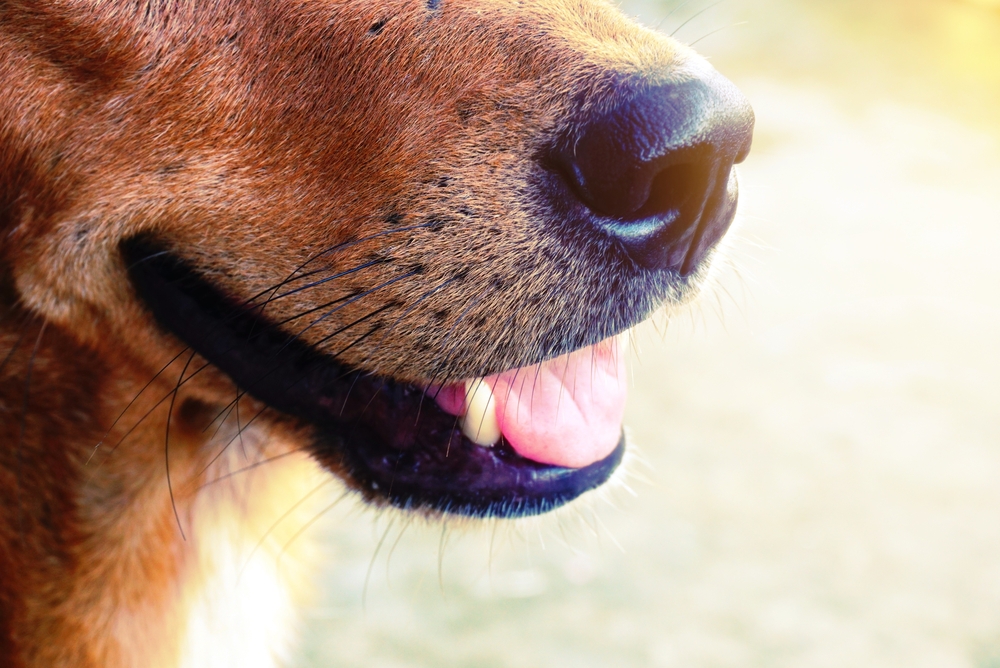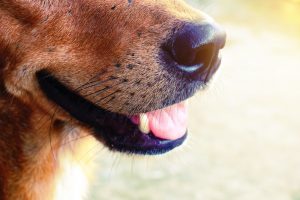Why Do Dogs Have Whiskers?
When we say WHISKERS, you say: CATS! Wait, no! Cats aren’t the only ones with whiskers! Your dog has their own set of sensory scruff, too! And it makes you wonder, “Why do dogs have whiskers?” Is it for the same reason as their feline friends? Where are a dog’s whiskers, and what exactly do these strange little hairs do?
If you’ve ever wondered why your pupper has whiskers—other than the fact that they make your dog look really cute—you’re in the right place! Let’s take a closer look at canine whiskers and cover some tips that you and your dedicated Dog Sitter can take to care for these fascinating follicles.
First of all, what are whiskers?
Whiskers, sinus hairs, or if you really want to get scientific, vibrissae, are a special type of hair follicle that many mammals have. We’re most familiar with dog and cat whiskers, but the more you look, you’ll see them all over the animal world, from mice to seals to kangaroos.
These special hair follicles are more deeply rooted in the derma than your dog’s other fur and are connected to bundles of nerves and blood vessels at the base. The term vibrissae comes from the Latin word for vibration, as the whisker doesn’t technically feel but rather transfers vibrations to the nerve endings at the base of the follicle.
This allows the whisker to act as a sensory gathering hair, and can tell the animal important information about wind conditions and the surrounding landscape.
Why do dogs have whiskers?
In defining what whiskers are, you can probably already see how useful they are to mammals. In fact, you might be asking yourself why humans don’t have whiskers but that’s a rabbit hole for another time!
So, what are dog whiskers for? Here are a few of the big advantages of canine whiskers:
- Spatial orientation. Every time your dog leaps to catch a frisbee, dives into the water, or performs a dog dancing routine, they’re relying on their whiskers to maintain control. You might also see those whiskers in action when you try to convince your dog to put on a new harness or learn how to go through an agility tunnel. If you see your dog hesitate in these situations, it’s probably because the small space is causing your dog’s whiskers to start tingling, giving them reason to pause!
- Protection from danger. In the wild, your dog’s ancestors might have used their whiskers to sense potential predators or rivals in their vicinity. Today, the biggest dangers in their lives might be an oncoming car or a swipe from the family cat. Either way, they still use their whiskers to check in with their surroundings. And if danger does appear, the whiskers have another function: they can be raised to make your dog look bigger. Along with the hairs along their neck and spine, a dog will react to a potential threat by activating the muscles at the base of the hair follicles through a process called piloerection. Along with flared whiskers, your dog looks a tiny bit tougher!
- Eye protection. Maybe the danger that your dog faces isn’t another animal but rather a speck of pesky pollen making its way towards your dog’s eye. The eyebrow whiskers save the day by triggering a blink to keep the eye safe. This is especially helpful for dogs given that they are farsighted and can’t see near objects clearly
- Foraging and hunting. Speaking of farsightedness, have you ever watched your pup struggle to find their tennis ball in some tall grass? It could be no more than an arm’s length away from your dog but they still don’t see it! Not only are dogs not great at seeing objects near to them, but as we covered in our article, Are Dogs Colour Blind?, they also struggle to differentiate some colours. In these cases, your dog’s whisker will help them navigate through grass and between rocks until they finally find their beloved ball. In fact, one of the reasons why fetch is such a wonderful form of mental stimulation for dogs is that it can recreate their natural hunting and foraging instincts!
Where do dogs have whiskers?
One of the interesting things about dog whiskers is that they’re not found in neat rows like they are on the face of a cat or mouse. Instead, canine whiskers are kind of all over—you’ll find some on their cheeks, eyebrows, and under the chin.
For some breeds, the location of the whiskers is part of their signature look. German Shepherds and Belgian Malinois, for instance, tend to have a black dot on their cheeks where you’ll find a cluster of vibrissae.
Another way that canine whiskers differ from those of cats is that you won’t find them anywhere else on the body. Cats use extra whiskers on their wrists and legs to trap small prey and climb trees, whereas dog whiskers are only found on their face.
Now that you know the answer to “Why do dogs have whiskers,” how can you care for them?
Given what a large role they play in our dog’s everyday life, whiskers deserve some respect! So, how can you make sure your dog’s sensory scruff is in tip-top shape?
- When possible, leave them alone. If you’re worried about having clipped your dog’s whiskers in the past, don’t fuss too much. In fact, if your doggo has had their whiskers clipped during regular grooming from the time they were puppies (such as in the case of Poodles), they’ve likely grown accustomed to life without whiskers. And, because the whiskers themselves don’t have pain receptors, cutting them shouldn’t cause any undue discomfort. But, if you have a dog who doesn’t need regular face shaving or your groomer is able to clip their facial hair without snipping off the whiskers, your pup will appreciate keeping them!
- Provide your dog with a healthy diet. Your dog’s whiskers are a part of their overall coat, which means that they can benefit from a healthy diet. Fresh, all natural meals that include a source of Omega-3s will keep those whiskers in good condition
- Give your dog opportunities to use their whiskers! Whiskers offer your dog an incredible way to experience the world around them, which is why you should seek out opportunities for them to put those sensitive hairs to good use! Scent tracking, agility training, frisbee, puzzle toys, and walks with their favourite Dog Walkers are all opportunities for your dog to use their whiskers. And, they’ll enjoy some great mental enrichment in the process
At the end of the day, whiskers really don’t need much attention from Dog Owners. But, learning more about them will give you an extra appreciation for your dog’s amazing skills. Now that you know the answer to the question, “Why do dogs have whiskers,” what are your thoughts on this interesting furry feature?


